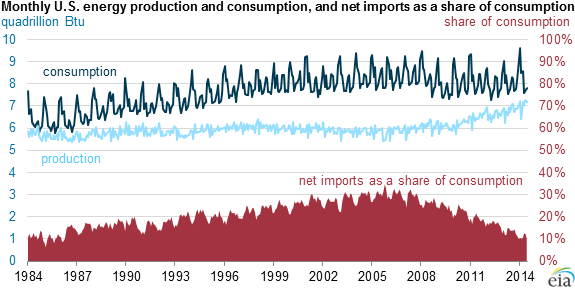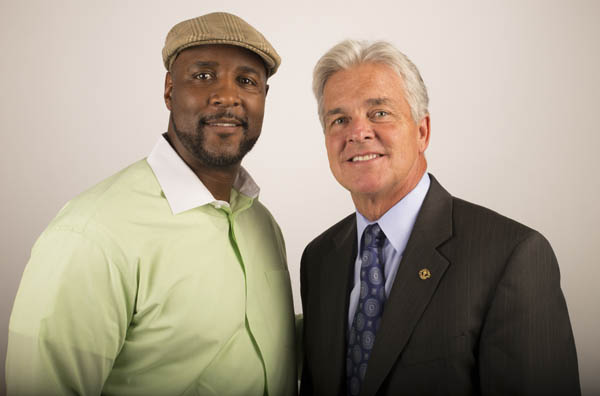Documentary collection, sight draft, documents against payment, D/P, time draft, bill of lading, invoice, packing slip, insurance certificate, inspection certificate, protest, documents against acceptance, D/A, at sight, draft, customs, maturity date, open account, notary public, acceptance of the draft, International Chamber of Commerce
The Buyer Refused Payment
A customer of a bank in Minnesota, for which I worked, imported shirts from a supplier in Greece. The buyer and seller agreed to payment terms on Documentary Collection with a payment 60 days after acceptance of the draft, easily calculated once the buyer accepts the draft. On the maturity date, the treasurer informed us he would not make the payment.
Protesting Non-Payment of the Collection
After we informed the bank in Greece that we could not collect the payment, the bank in Greece requested us to perform a rarely used technique. They asked us to protest non-payment of the draft – a formality sometimes used to provide material evidence, if needed, in a legal proceeding, or sometimes nothing more than a bluffing technique.
I asked a coworker, a notary public, to accompany me to the buyer’s business. The treasurer invited us into his office. We explained that the bank in Greece requested us to either collect payment or protest non-payment. We produced the draft with his signature on it and bluntly asked, “Will you pay this draft or not?”
Without hesitation he shouted, “No, I’m not going to pay that draft. We ordered large shirts and received small instead. Our customers primarily consist of big Norwegian men,” he emphasized, “and they can’t wear the small shirts.”
We thanked him and returned to the office where we prepared a notarized statement that we had witnessed non-payment by the buyer and sent the notarized statement with a letter to the bank in Greece along with an invoice for our services. When the Greek supplier finally realized they would not receive payment, they agreed to exchange the small shirts for large shirts and the buyer subsequently authorized payment.
The buyer and seller agreed to a “documentary collection,” one of the four methods of payment used internationally. When paid immediately, banks refer to the draft as a “sight draft,” “documents against payment” or simply, “D/P.” If the buyer and seller agree to a delay in payment, the transaction becomes a “time draft,” “documents against acceptance” or simply “D/A,” as illustrated in this lesson.
Understanding Risks of the Collection Payment
In a documentary collection method of payment, both the buyer and seller bear some risk, and, likewise, both have a measure of security. Therefore, I refer to this method of payment as a “compromise” payment. With a sight payment, the buyer has the protection that the seller can receive no funds until he has proved he has shipped the goods. This prevents the seller from using the money for a weekend ski trip or some other frivolous use. The seller, on the other hand, has the protection that the buyer cannot receive the goods without paying for them.
Logistically, the transaction begins when the seller delivers the goods into the hands of the transportation company, which issues a bill of lading as proof of shipment. The seller prepares a draft and attaches the bill of lading and other documents such as an invoice, packing slip, insurance certificate, inspection certificate, etc., and delivers all documents to his bank with the request that the bank attempt to collect the payment.
The seller’s bank then couriers the documents to the buyer’s bank with clear and precise instructions to: “collect payment from the buyer before releasing the documents.” Without the documents, the buyer cannot claim the goods and clear the goods through customs. When the buyer authorizes payment, the bank releases the documents and the buyer claims the goods.
Since the buyer pays on receipt of documents only, he will not see the goods until after payment. If the goods do not comply with the order, the buyer has little recourse. The buyer can mitigate the risk by arranging for inspection of the goods at the port of departure. (The buyer cannot inspect the goods at the port of arrival because he needs the documents to see the goods.)
The seller assumes the risk that the buyer may not pay. In that case the seller can exercise one of four options: (a) renegotiate with the buyer and try to induce him to make payment and accept the goods, (b) return the goods at the seller’s expense, (c) find another buyer, or (d) abandon the goods.
When the seller presents a time draft, as in the shirt story, the bank requires the buyer to indicate his acceptance of the draft by signing and dating a notation that reads “Accepted” across the face of the draft. The seller must consider the risk that the buyer may not accept the draft. In that case the above four options remain available to the seller.
After the buyer has accepted the draft, the bank will release the documents and the buyer can claim the goods. Ideally, the time period until maturity date will sufficiently allow for the buyer to liquidate the goods and collect payment before the maturity date. On the maturity date the buyer instructs the bank to remit the payment to the seller.
If, however, the buyer refuses to pay the accepted draft on the maturity date, the seller loses all of the previously mentioned options. Selling goods on a time draft basis falls only one degree short of open account. With open account terms the seller agrees to allow the buyer to receive the goods and pay for them at a future date.
Sellers have an advantage with a time draft because they hold the accepted draft which becomes tangible legal evidence as proof that the buyer owes the money. Once buyers accept a draft they have an obligation to pay at maturity. If buyers fails to pay, they risk facing legal action by the seller. In some countries, the buyer’s name may find its place on a “black list” which would effectively prevent them from further trade.
In a D/A transaction, the buyer's risk is accepting the draft before he sees the goods. If he wishes to mitigate this risk, he can arrange inspection of the goods prior to shipment.
The International Chamber of Commerce has published guidelines to promote uniform handling and to prevent misunderstandings when processing documentary collections. The publication # URC 522 is available from the ICC at 212-206-1150 or at www.iccbooksusa.com.
Used by permission from "More Bankers' Insights on International Trade: 101 Practical Lessions."



 Total U.S. net imports of energy as a share of energy consumption fell to their lowest level in 29 years for the first six months of 2014. Total energy consumption in the first six months of 2014 was 3% above consumption during the first six months of 2013, but consumption growth was outpaced by increases in total energy production. These changes led to a 17% reduction in net imports compared with the first six months of 2013.
Total U.S. net imports of energy as a share of energy consumption fell to their lowest level in 29 years for the first six months of 2014. Total energy consumption in the first six months of 2014 was 3% above consumption during the first six months of 2013, but consumption growth was outpaced by increases in total energy production. These changes led to a 17% reduction in net imports compared with the first six months of 2013.









 Why the Importer Checked the HTSUS
Why the Importer Checked the HTSUS


















